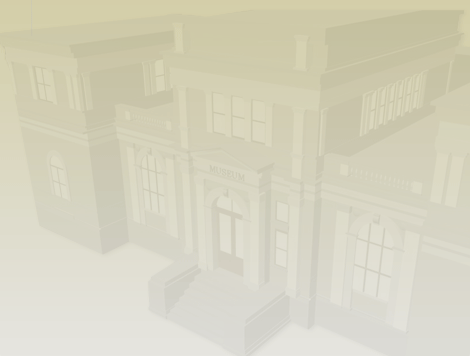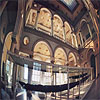| | |||||||||||||||||||
| |
| | |||||||||||||||||
| |
|
|
|
|
| | |||||||||||||
| |
|
| |||||||||||||||||
|
| | ||||||||||||||||||
| |
| | |||||||||||||||||
| |
| ||||||||||||||||||
|
| | ||||||||||||||||||
| | |||||||||||||||||||
| |
| ||||||||||||||||||
 |
| | |||||||||||||||||
| |
 |
| |||||||||||||||||
|
| | ||||||||||||||||||
| | |||||||||||||||||||
| |
| ||||||||||||||||||
| | |||||||||||||||||||
| |
| ||||||||||||||||||
|
| | ||||||||||||||||||
| |
| ||||||||||||||||||
|
| | ||||||||||||||||||
 |
| ||||||||||||||||||
|
|
|
| | ||||||||||||||||
| |
| ||||||||||||||||||
|
|  |
| |||||||||||||||||
| | |||||||||||||||||||
| |
| |
| |
| |
| |
| |
| |
| |
| |
| | |

|
Scientific research activity was during the period of Austro-Hungarian occupation under the strong influence of development and orientation of European 19th century science and culture, focusing thus its attention on archeology and natural history in particular. Following after a break in work caused by the exhausting four-year-long war (1914 - 1918) is the period of the first union of South Slavic peoples, that is the Kingdom of the Serbs, Croats and Slovenes, or Yugoslavia (1918 - 1945). As a result of building of a hegemonic and centralized administration system dictated by the Court and Great-Serbian bourgeoisie, this period is characterized by a noticeable decrease of activity in all of the basic work areas of the National Museum . It is at this time that Bosnia and Herzegovina suddenly comes to the margin of the socio-economic, political and cultural mainstream. However, the agony of the National Museum did not end there. The World War II (1941 - 1945) again deprived the National Museum of possibilities to work and develop and the Museum therein experiences the phase of poorest level of its activity. |
|
|
The initial period of stabilization of the National Museum after the end of the World War II made but a slow progress lasting all through to the beginning of the sixties. In the framework of general progress made in socio-economic relations, the area of culture was declared to be of special importance for the society. This is the period when the National Museum achieves extraordinary results in all of its activities, surpassing in many ways what was done during the Austro-Hungarian period. This especially applies to scientific research and publishing activities and exhibitions. |
||
|
In the same way that the Museum had in prior epochs shared the destiny of Bosnia and Herzegovina , now that the war is over (period 1996 - 2000) it again, through its life and work, reflects the life of the Dayton Bosnia and Herzegovina . Owing to numerous donations and its employees, the Museum gradually recovers from the devastation of the war. Help for rehabilitation of this cultural institution was provided by the Institute for Protection of Cultural, Historical and Natural Heritage of Bosnia and Herzegovina, UNESCO, Federal Ministry of Education, Science, Culture and Sport, Ministry of Science, Culture and Sport of the Canton of Sarajevo, Institute for Planning and Construction of the City of Sarajevo, International Center for Peace in Sarajevo, Swiss museums, Swiss ICOM and Swiss National Museum in Zurich, BHHR, Norks Folkesmuseum from Oslo, Foundation for Cultural Heritage without Borders from Sweden, Museum of Natural History, Museum of Ethnography, Museum of Islamic Art and other Swedish museums, as well as many others. |
||